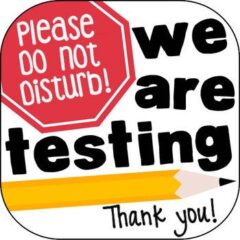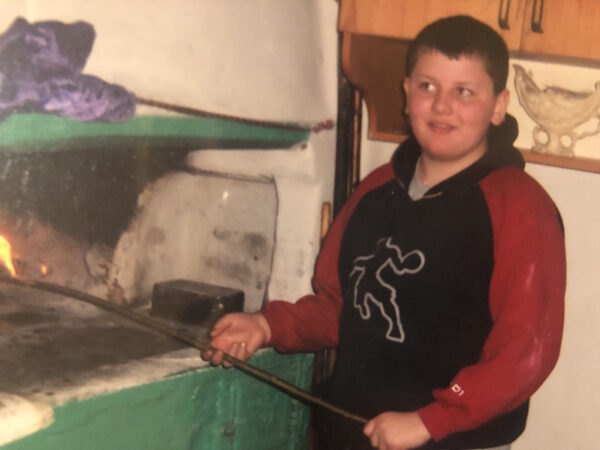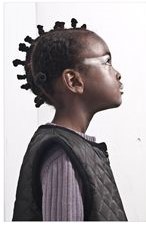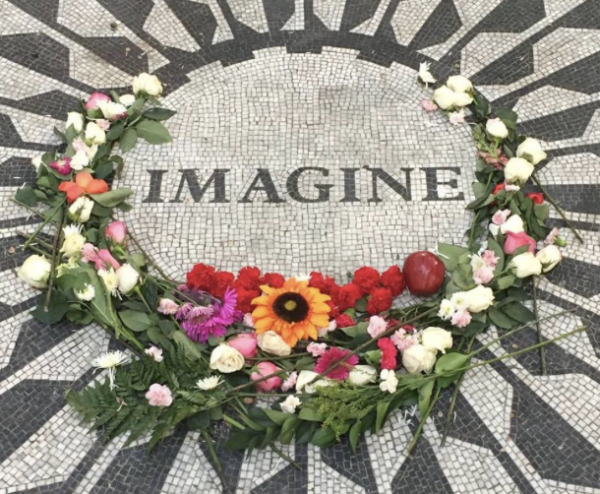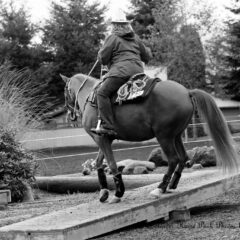Since the Coronavirus pandemic began in March 2020, teachers and students have been thrust into remote learning. A year has passed since classrooms have become Zoom rooms and while some students are starting to go back, others continue to learn from home — creating an opportunity to reflect on this journey.
An article titled “The Crushing Reality of Zoom School” had the tagline:, “We’re only a few weeks in. We can’t keep doing this.” This was an interesting read because at the time of the article (September 2020) we had no idea how things were going to play out. The author talked about the toll “Zoom school” was taking on families, and the difficulties his children faced engaging with online learning.
However, I had one striking takeaway: the lines between home and school have become infinitely blurred. The author wrote, “There’s a lot of humanity visible through the Zoom windows. Every day we log on—teachers, children, parents—and, invited or not, we enter tiny portals into each other’s lives.”
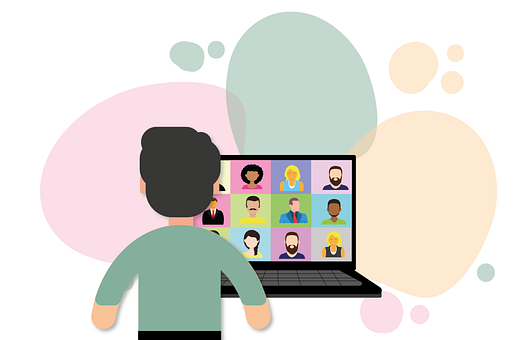
Remote schooling has invaded students’ most personal parts of their lives without their consent. Students with complicated home lives suddenly found their peers joining them in spaces they wouldn’t normally share with the world. For many, their personal spaces were gone. In turn, cameras went off, participation dropped, and for some, showing up to school was no longer an option for them.
As an educator, teaching to little black squares was disheartening. With lack of nonverbal communication, we struggled to know if our students were connecting to anything we were saying, or worse yet, if they were even physically at their computer. But, it’s not our place to force ourselves into spaces we wouldn’t normally be in or command that we be welcomed into those spaces.
Continue reading
